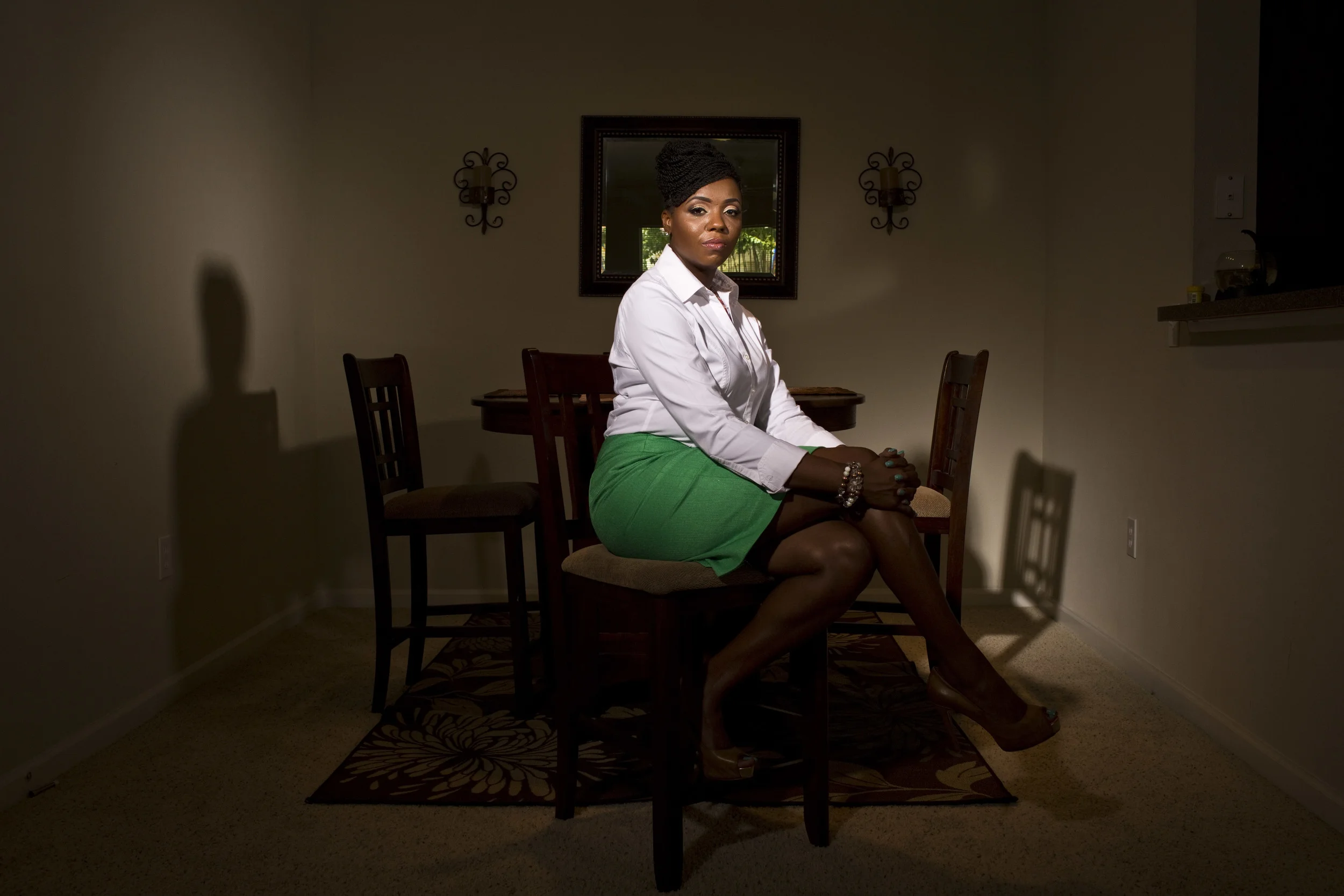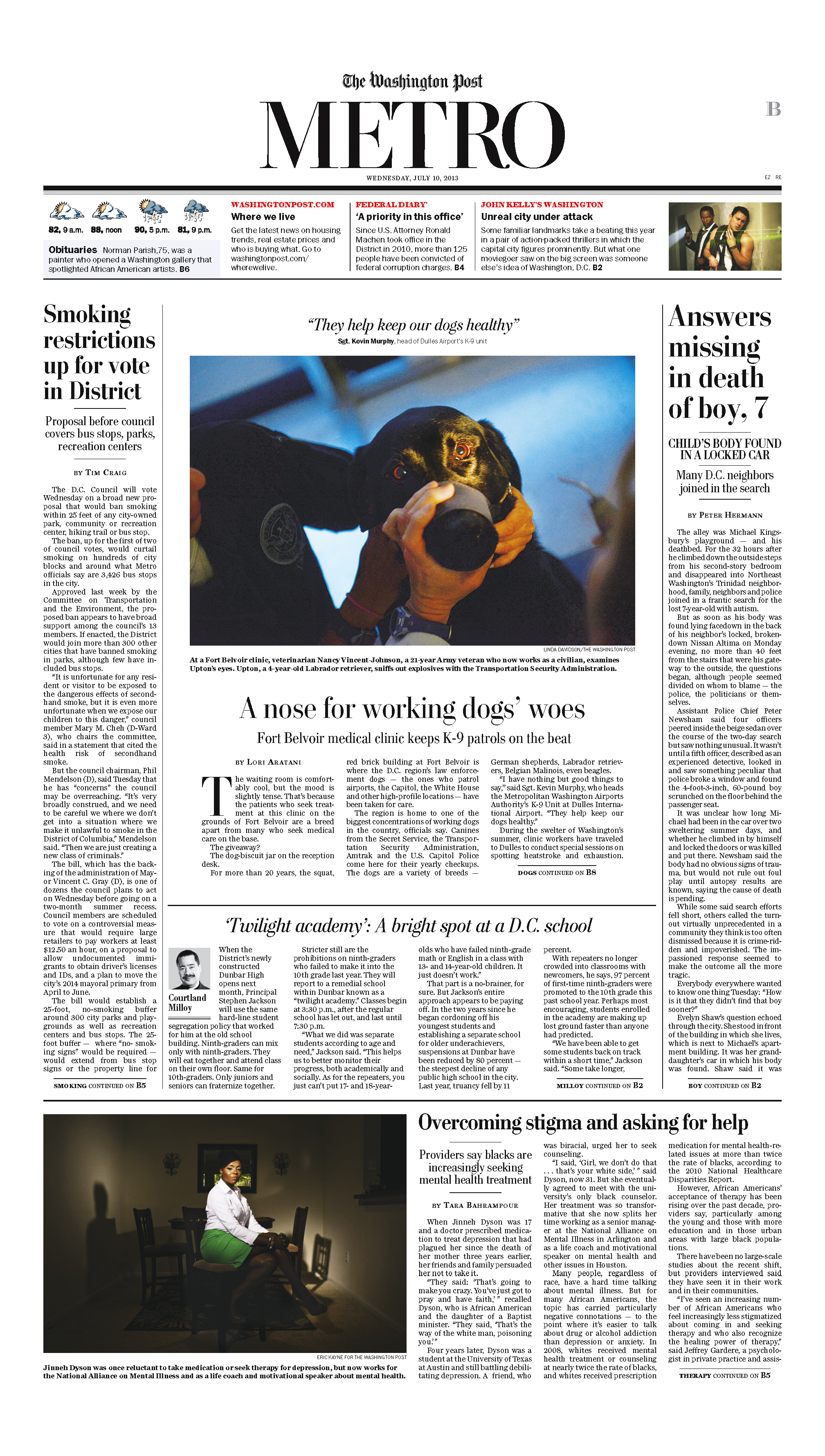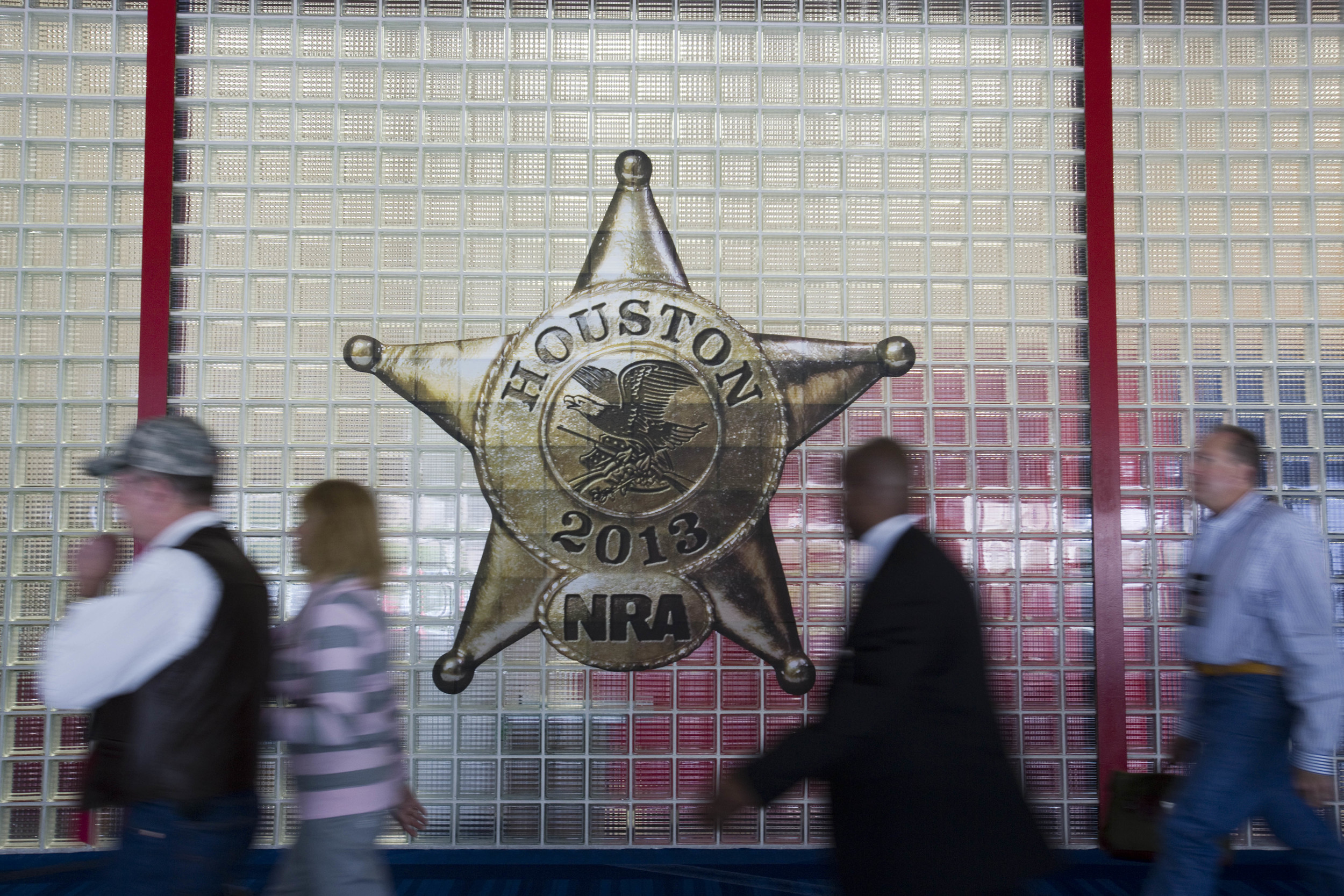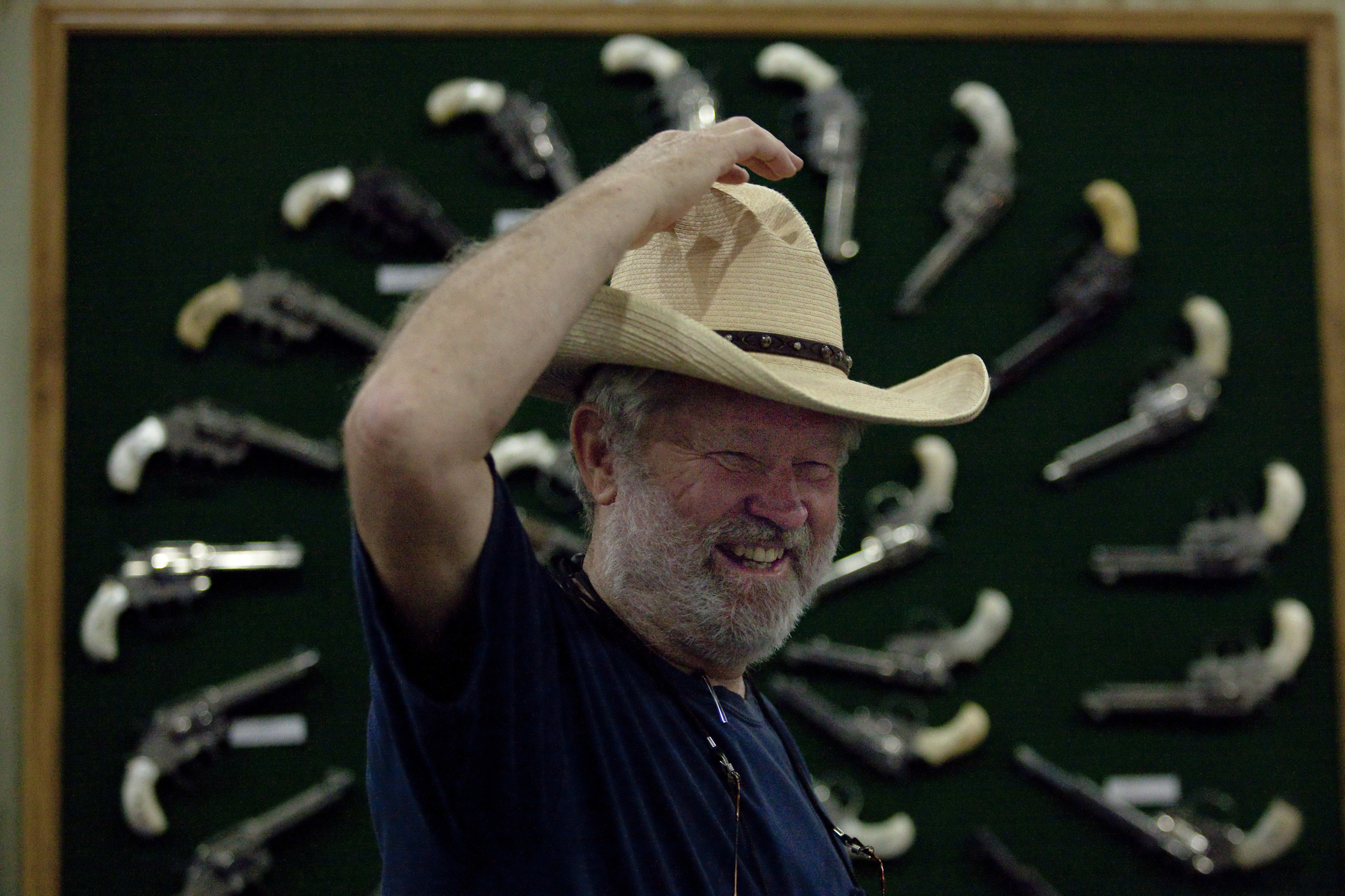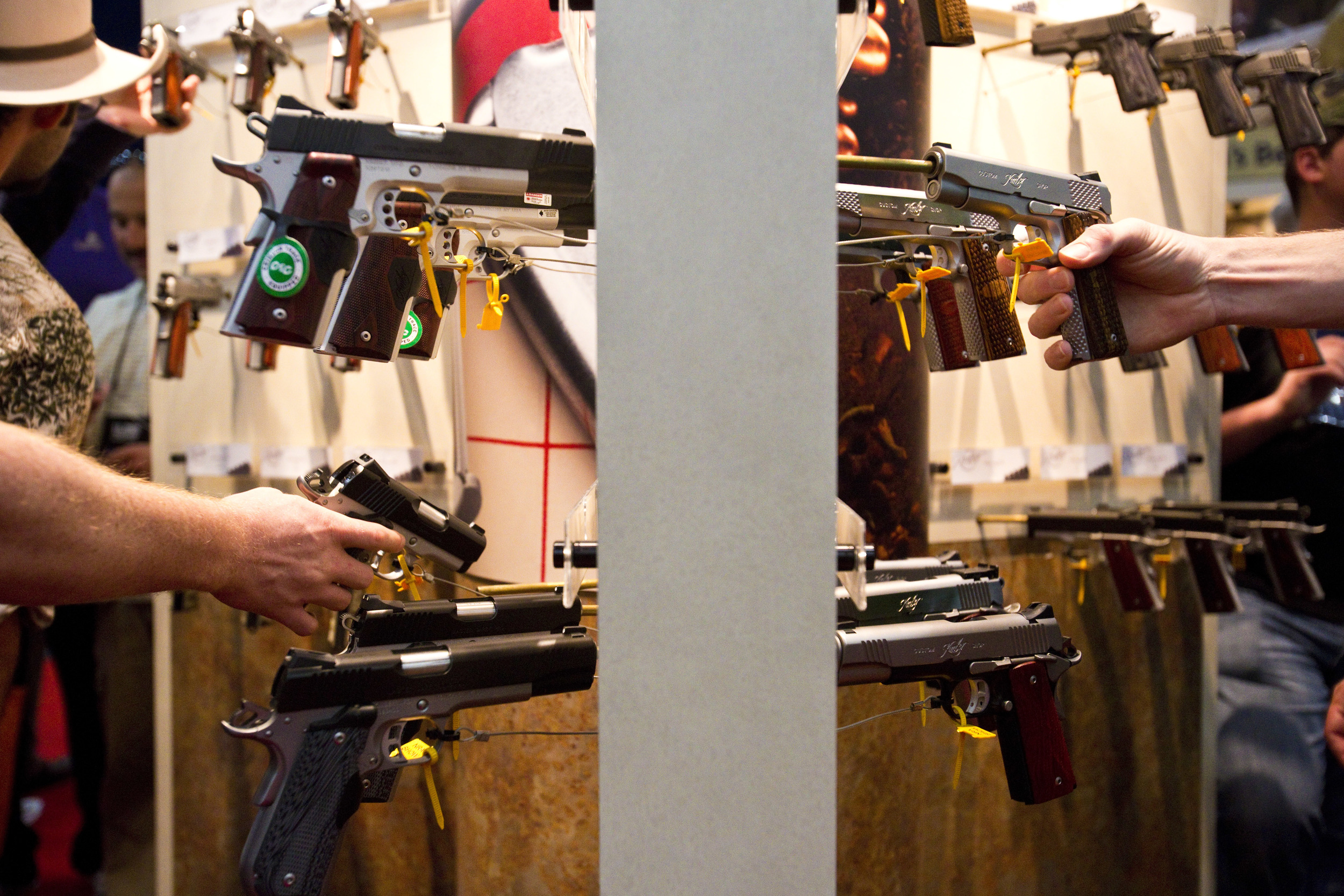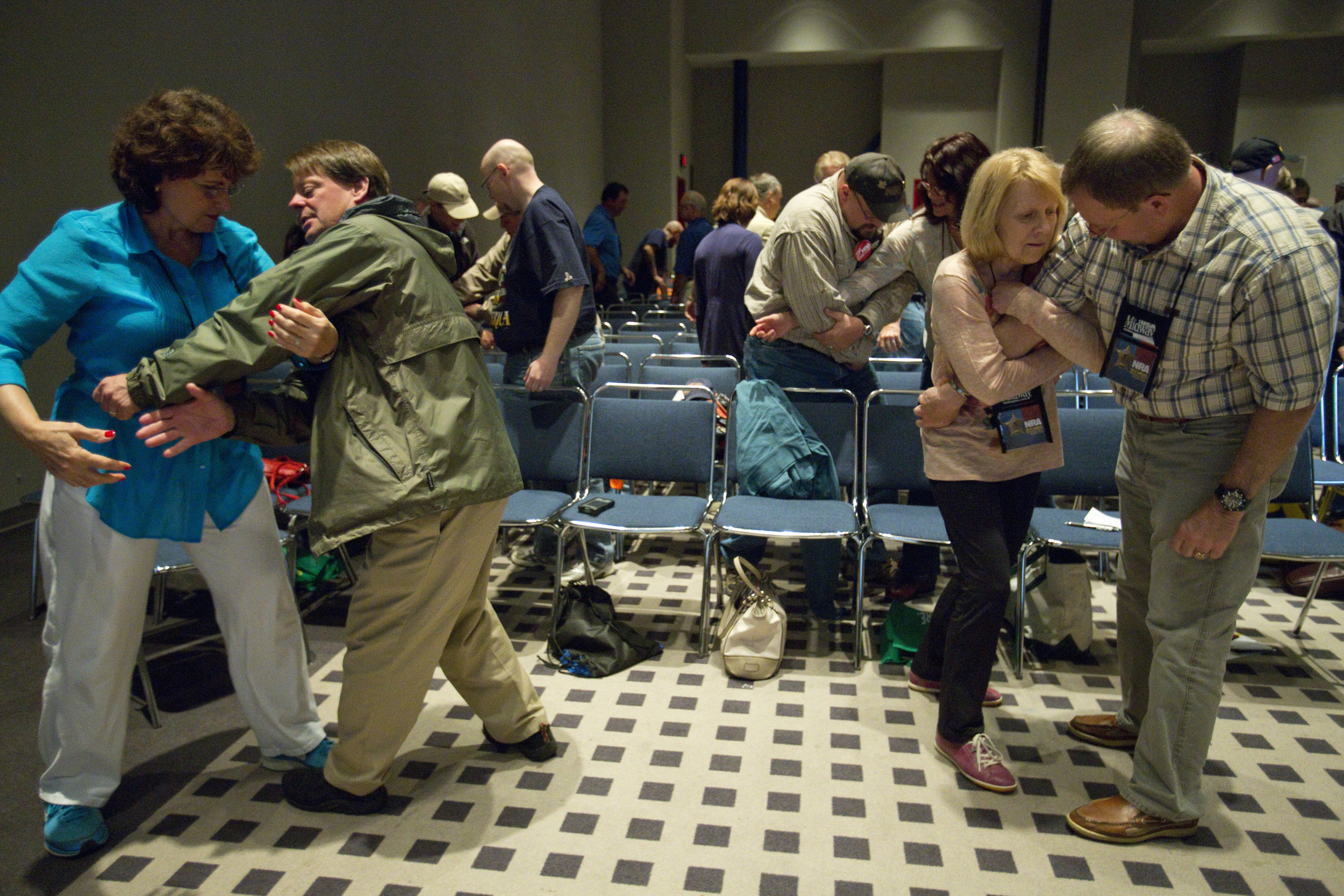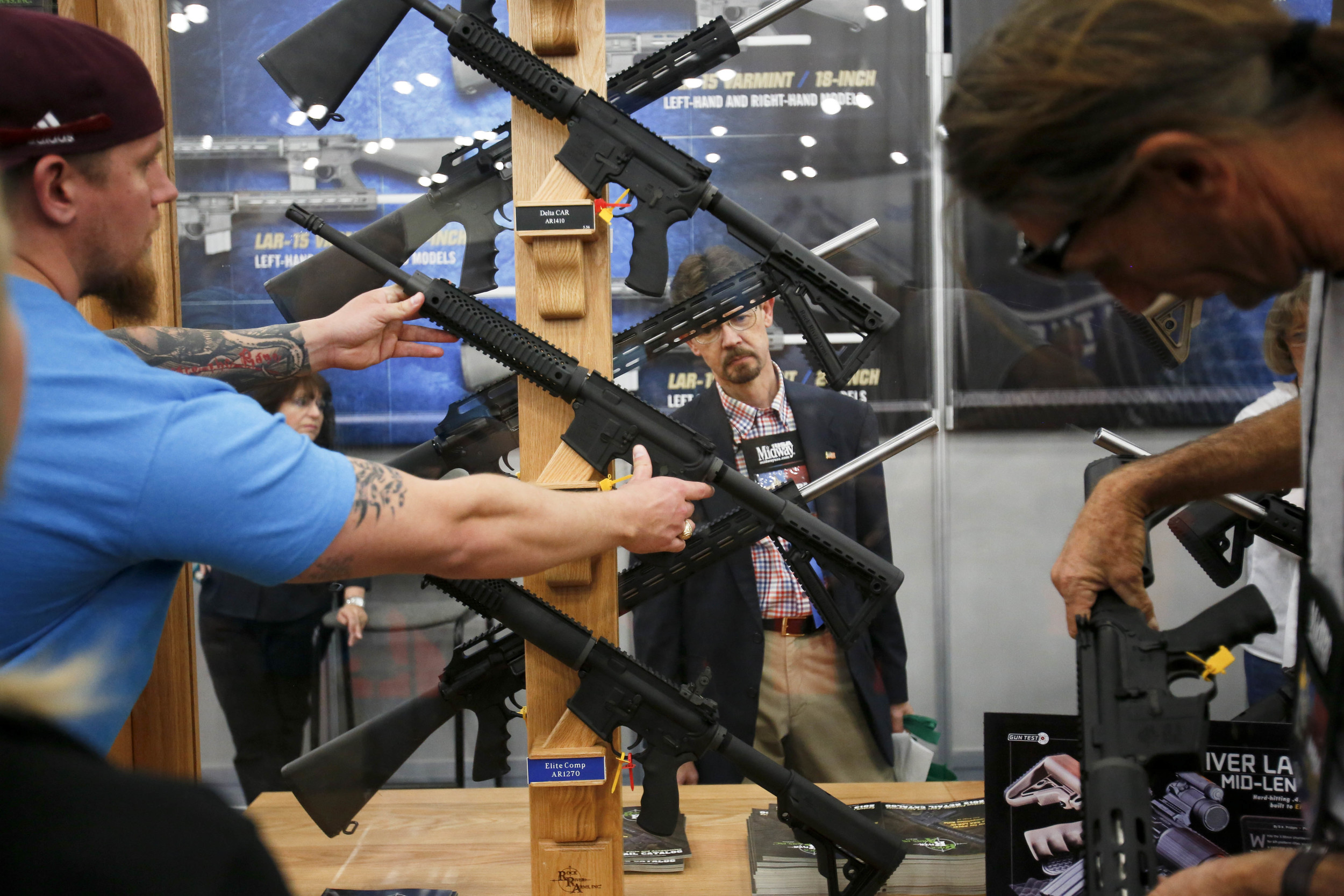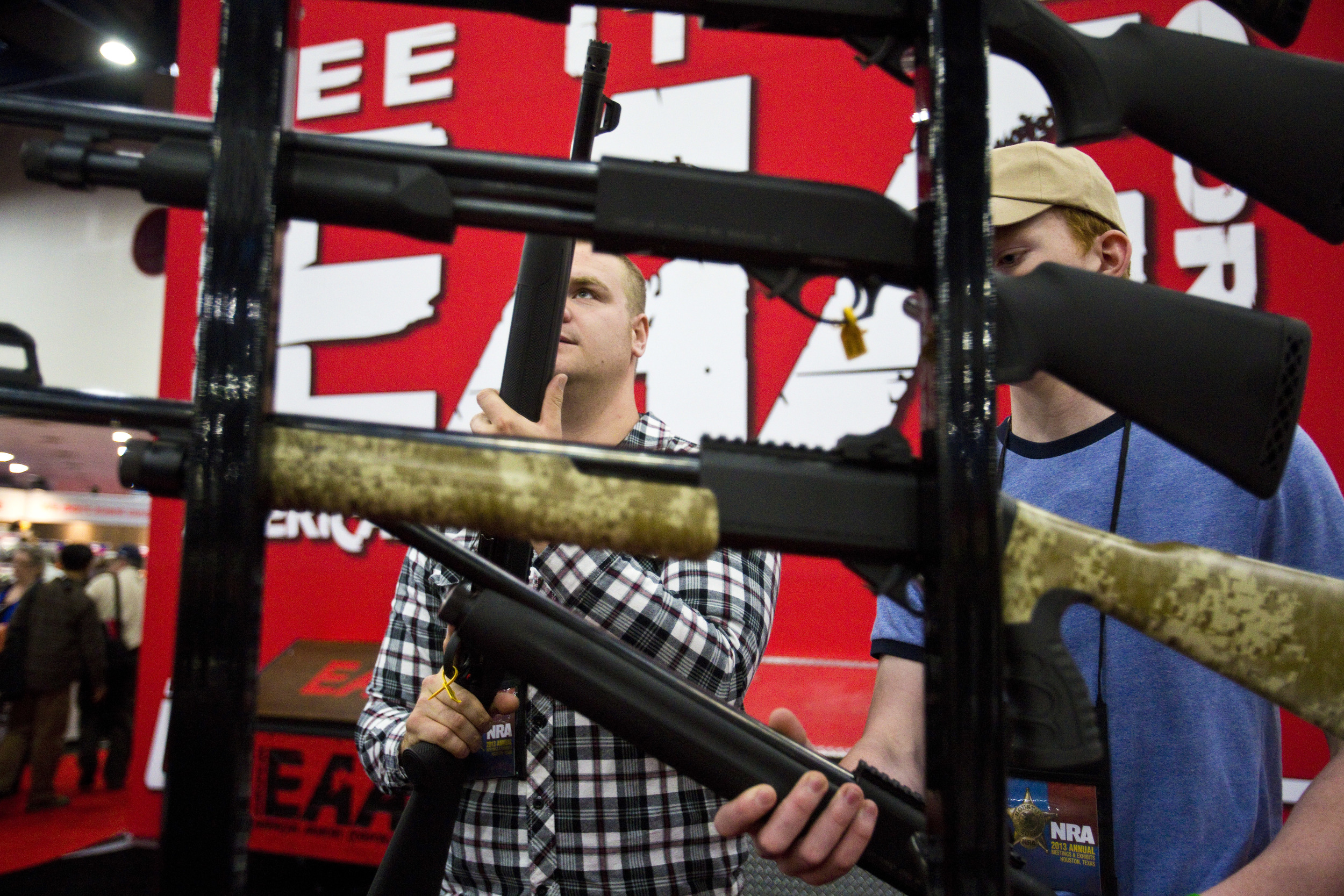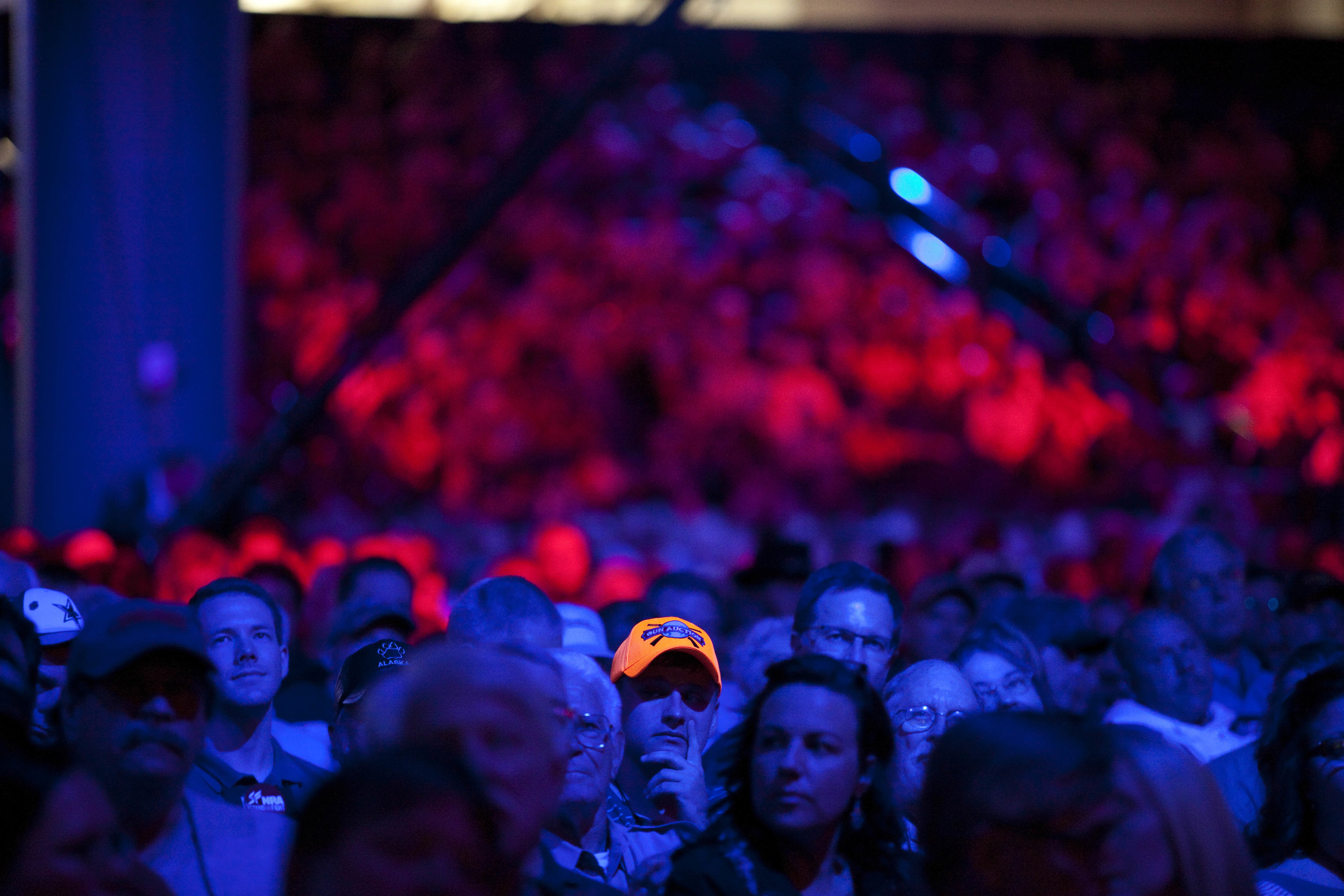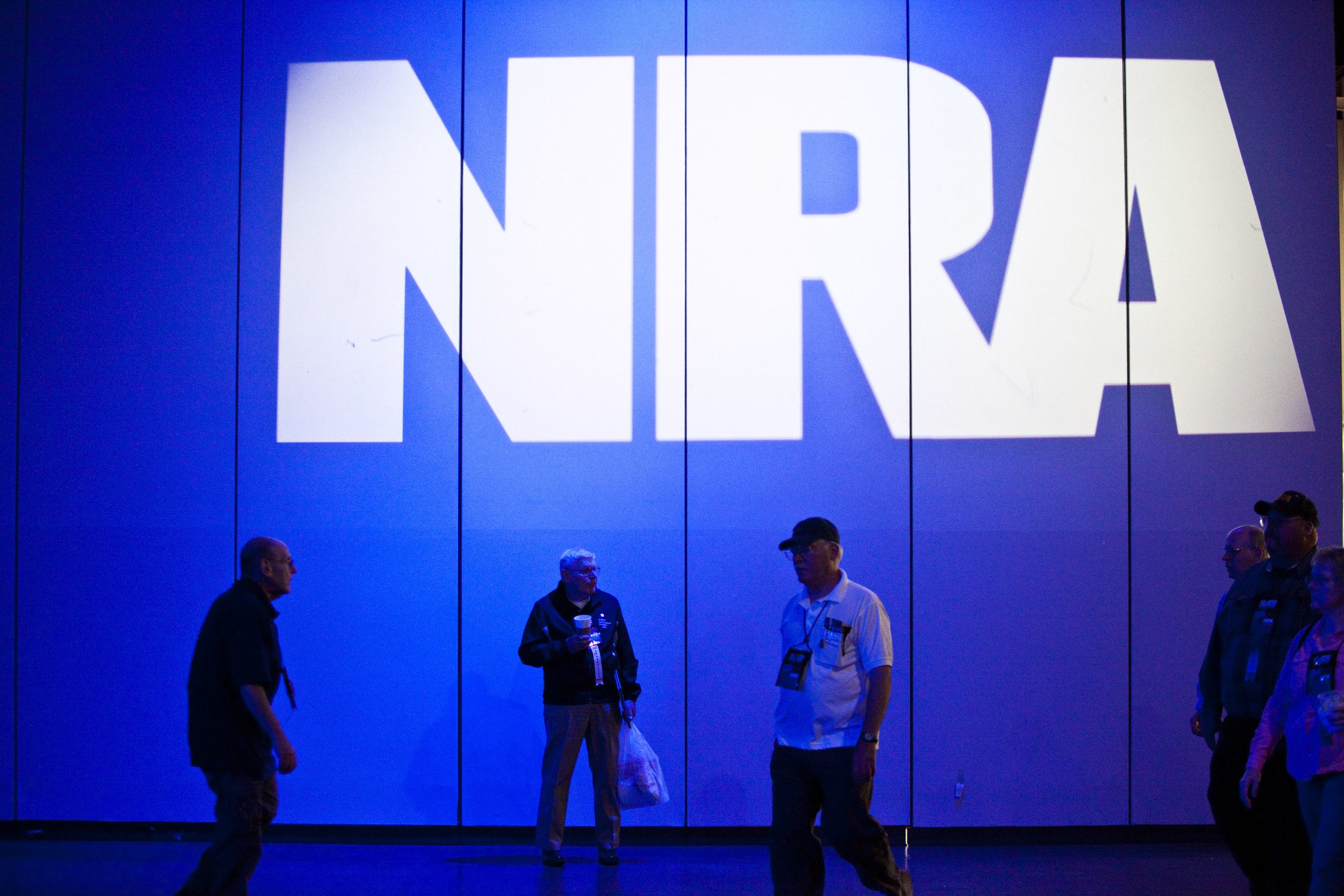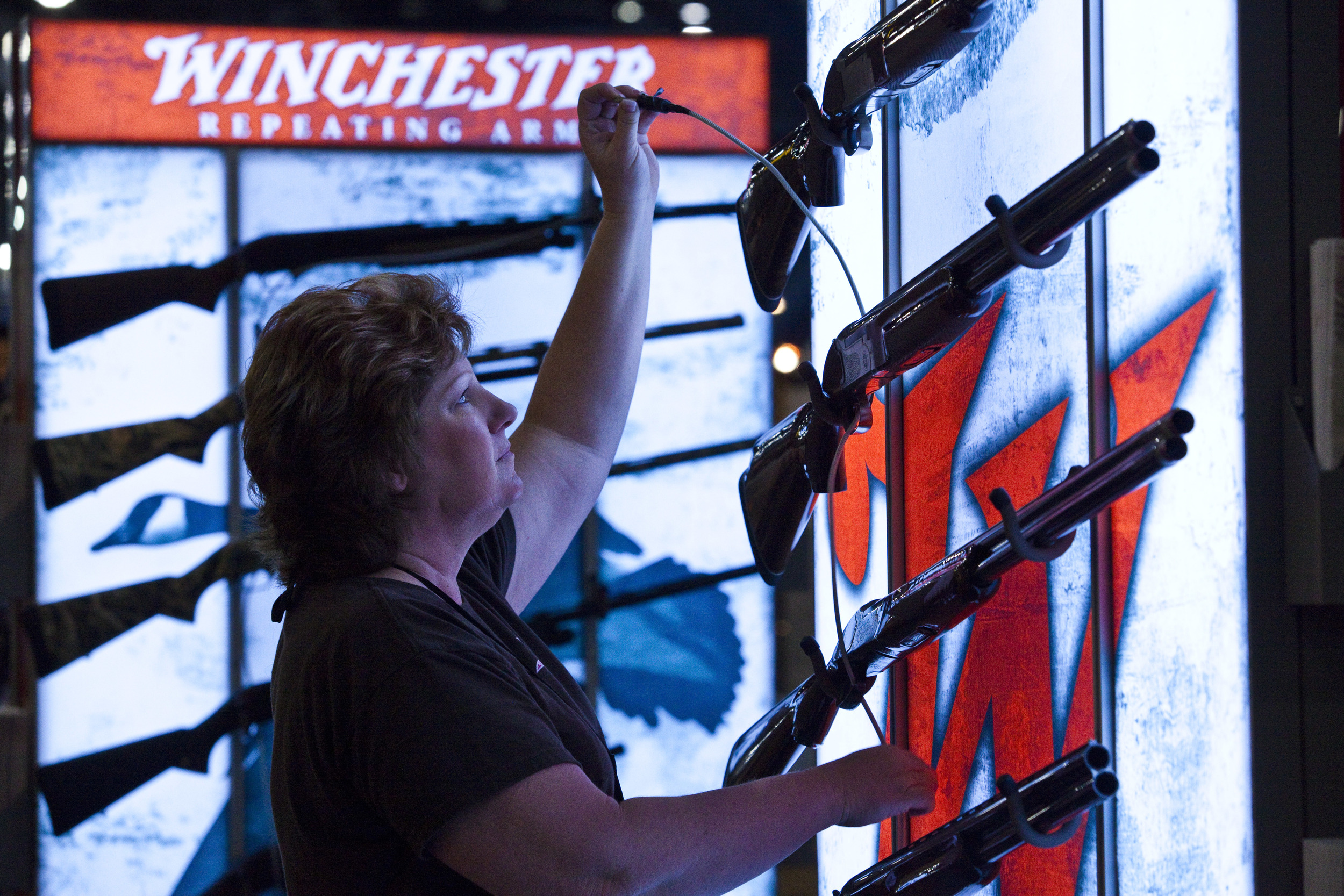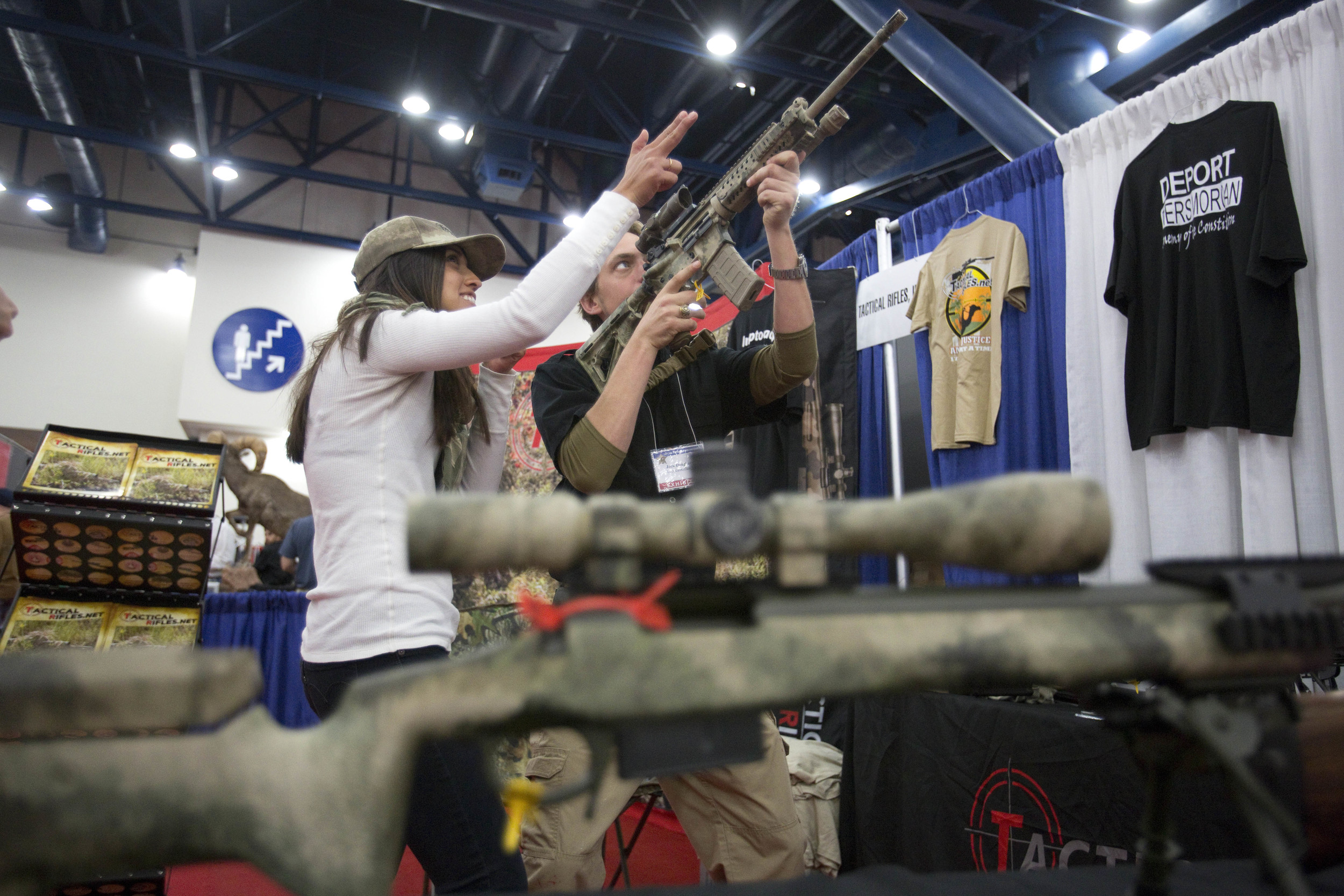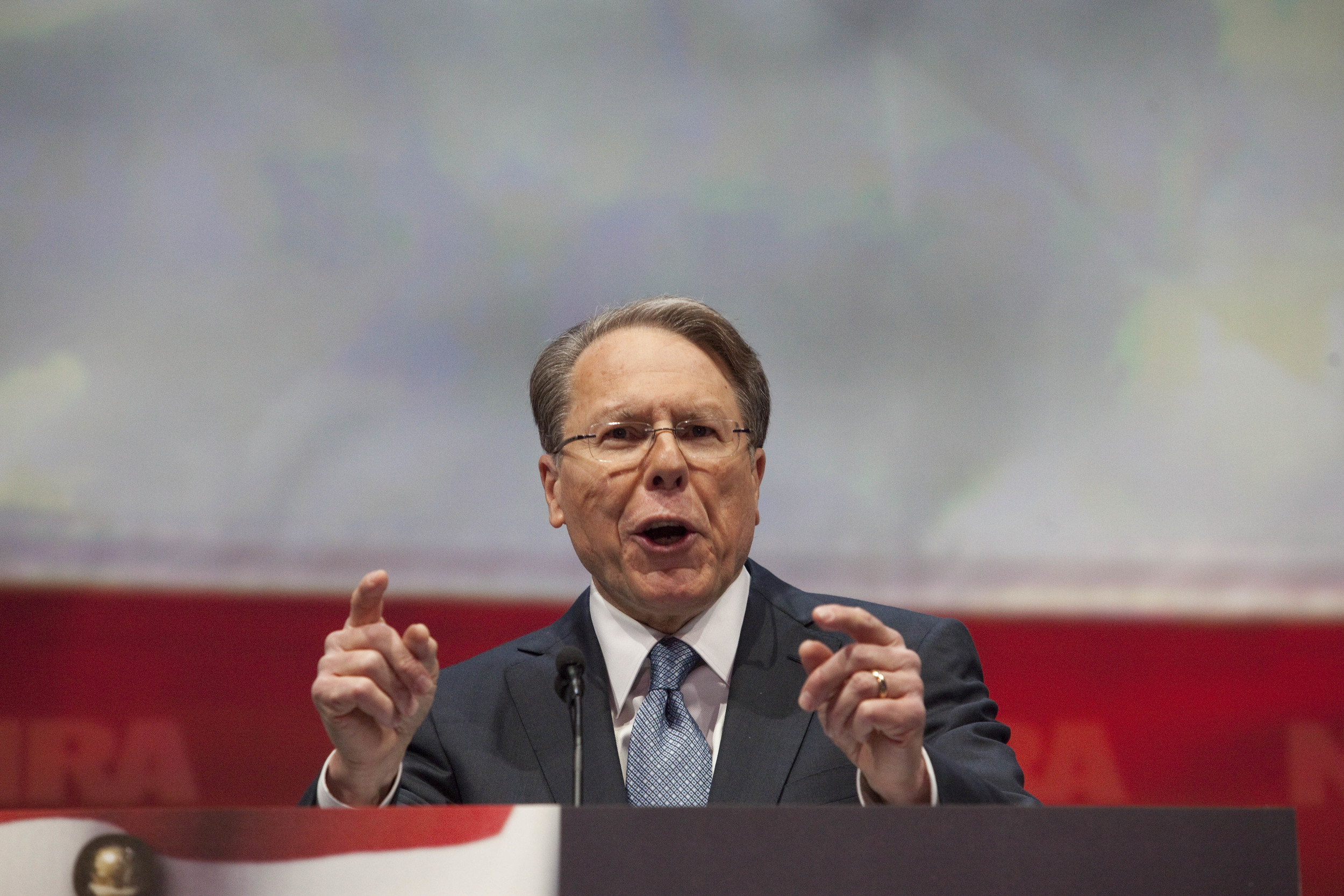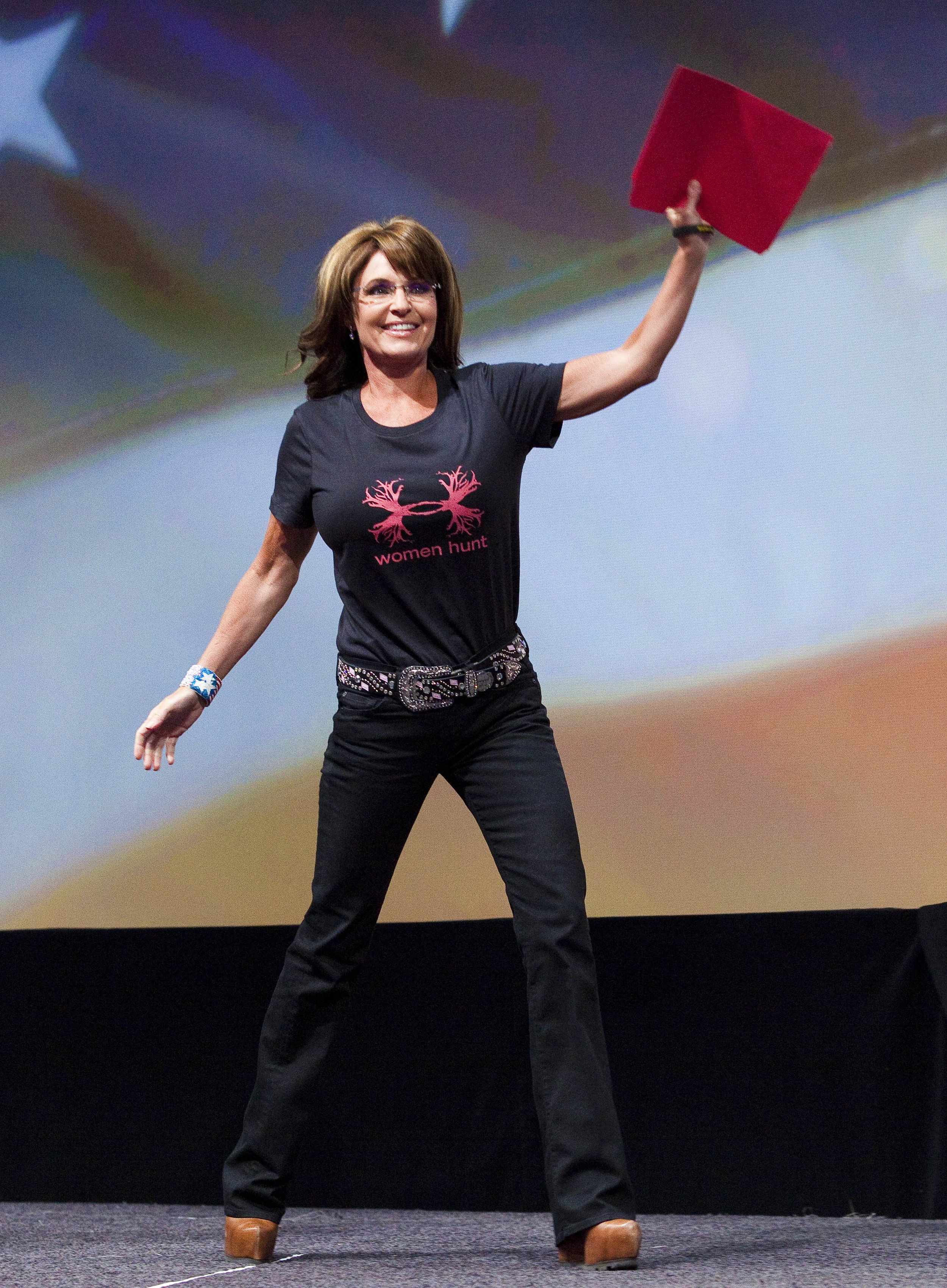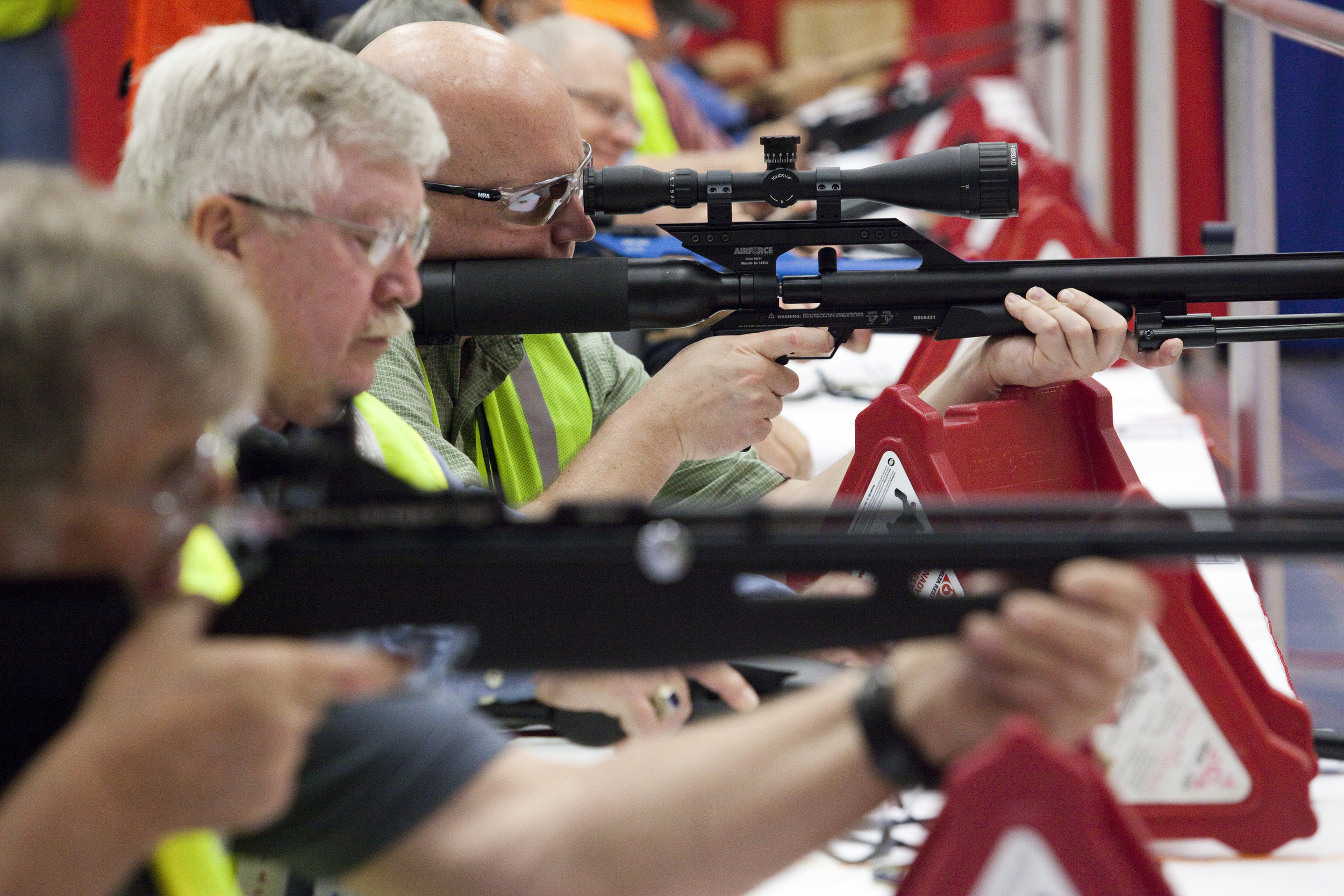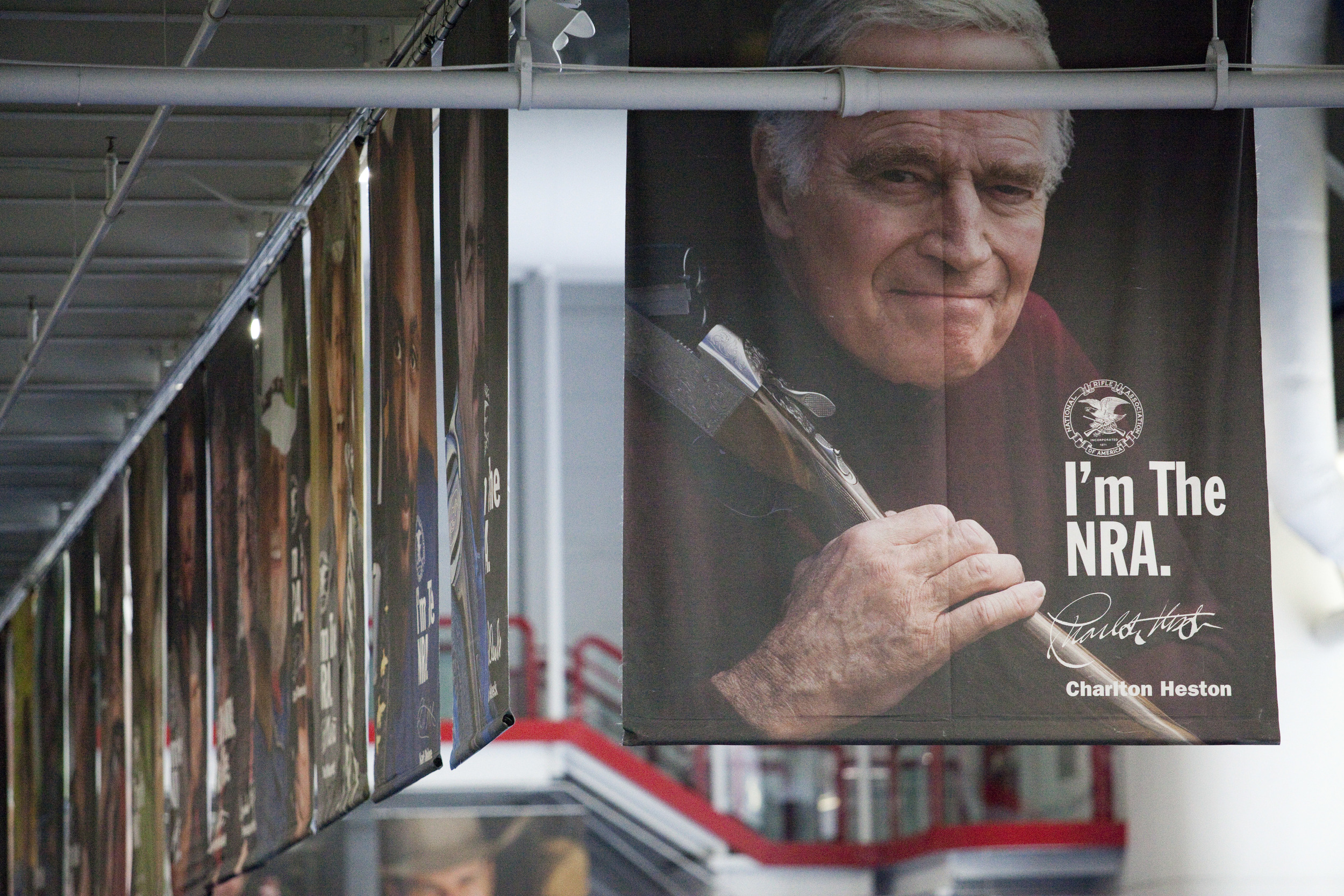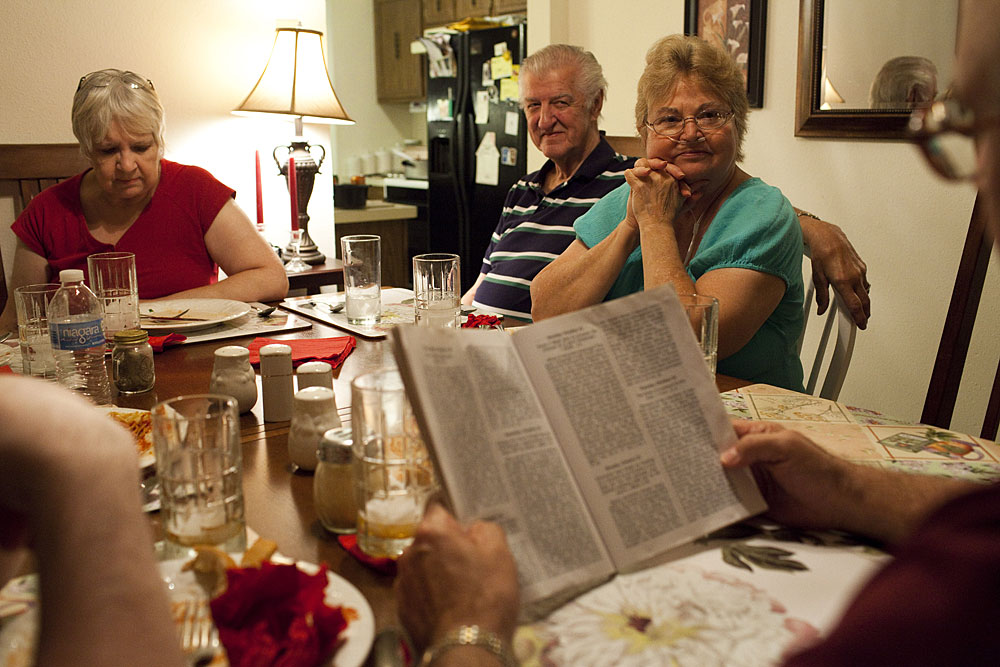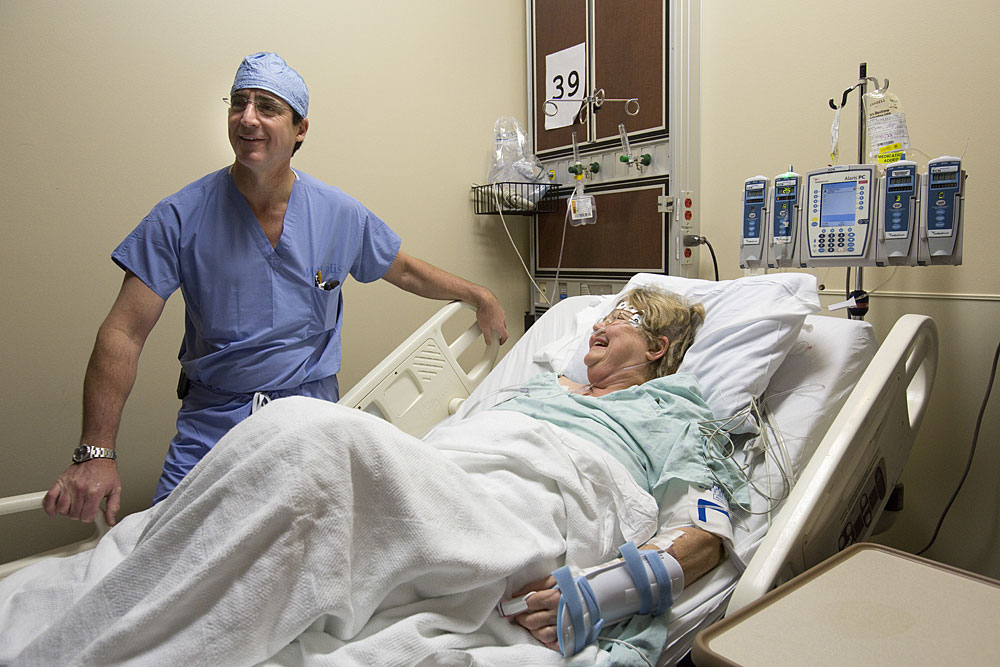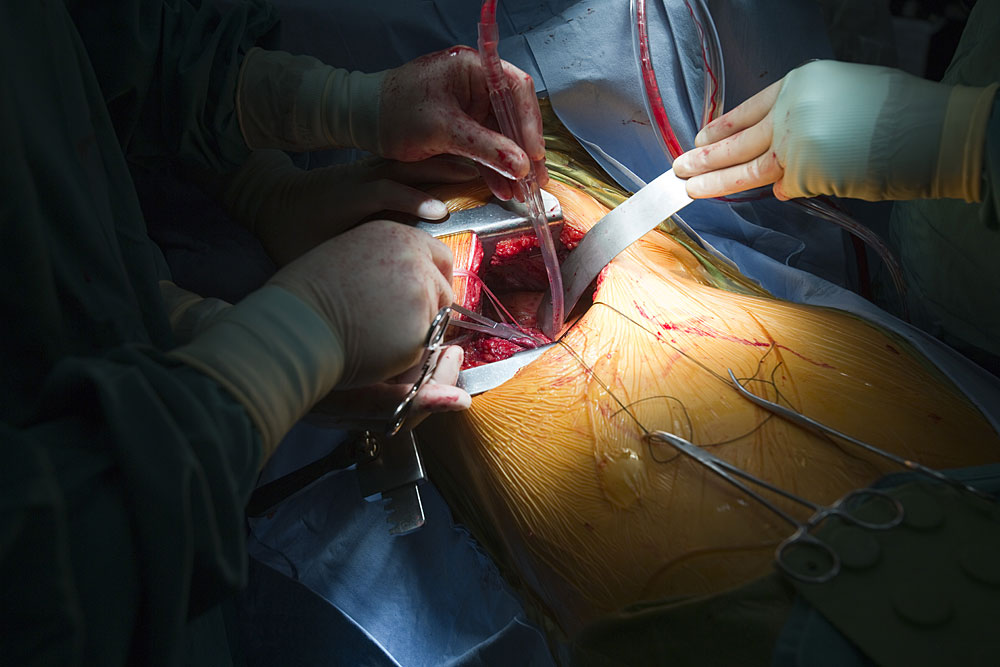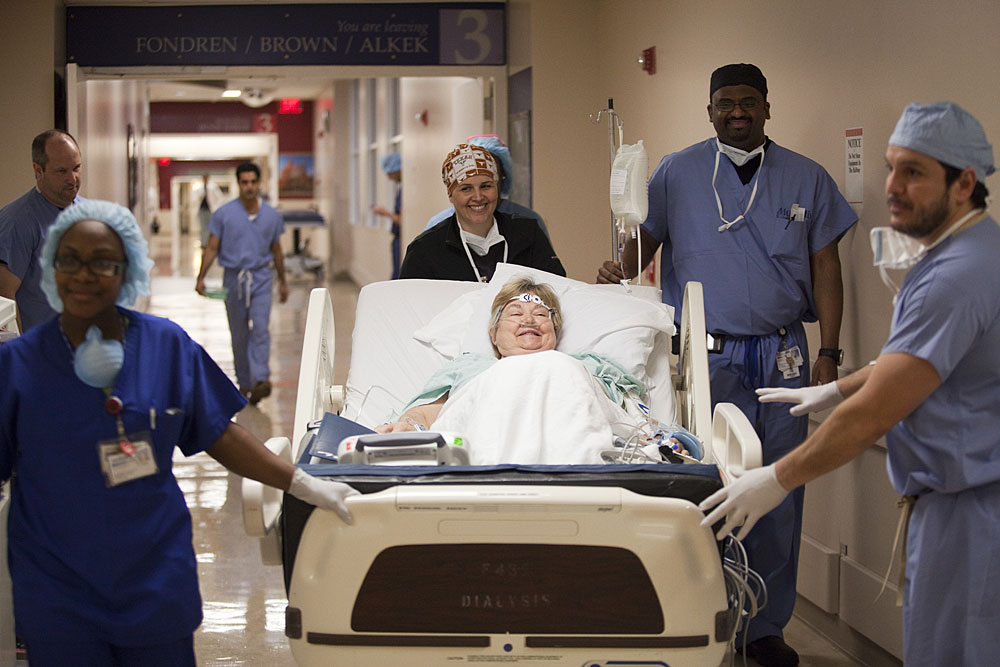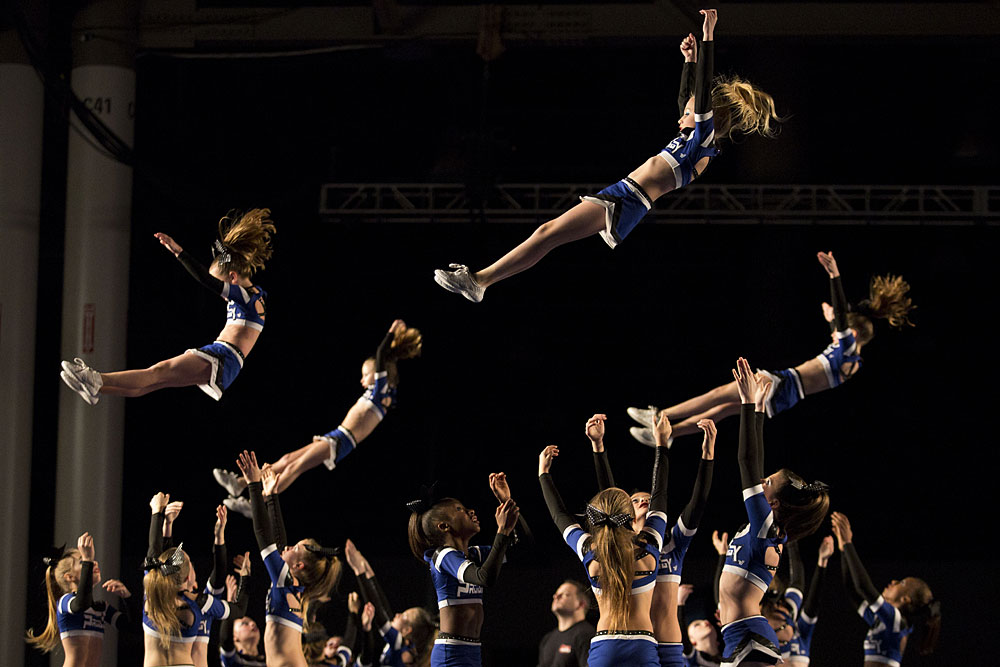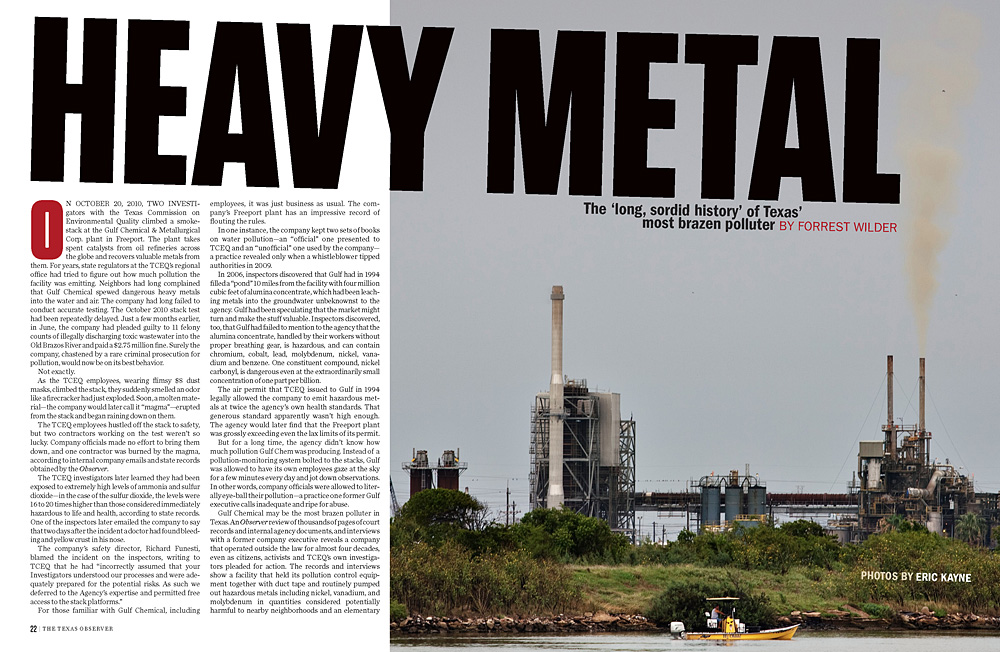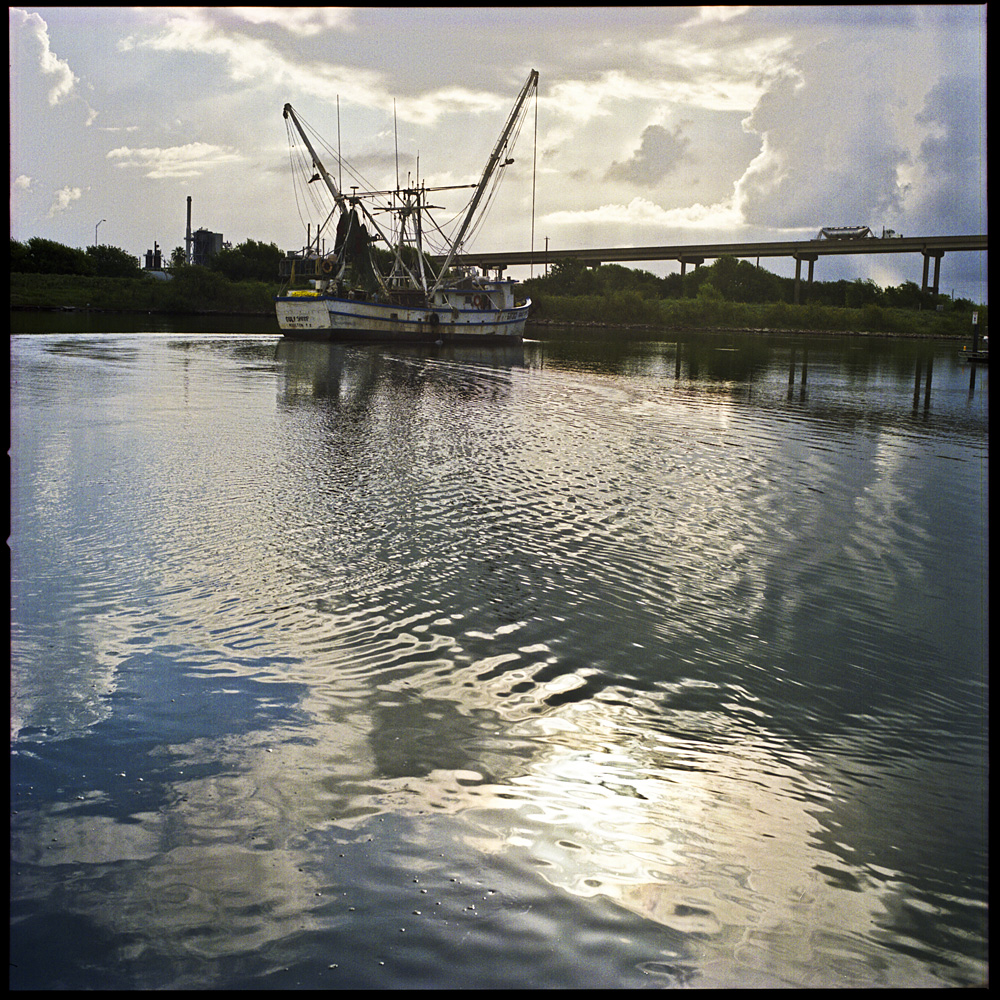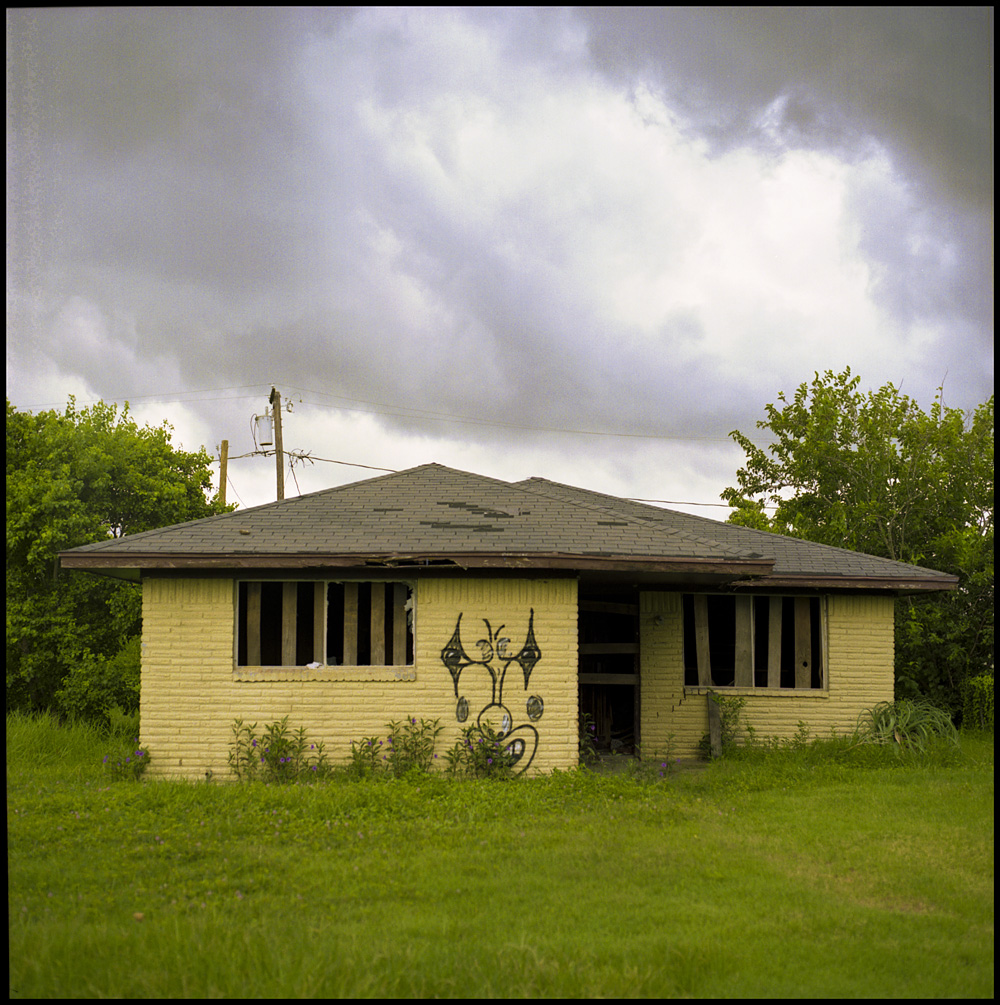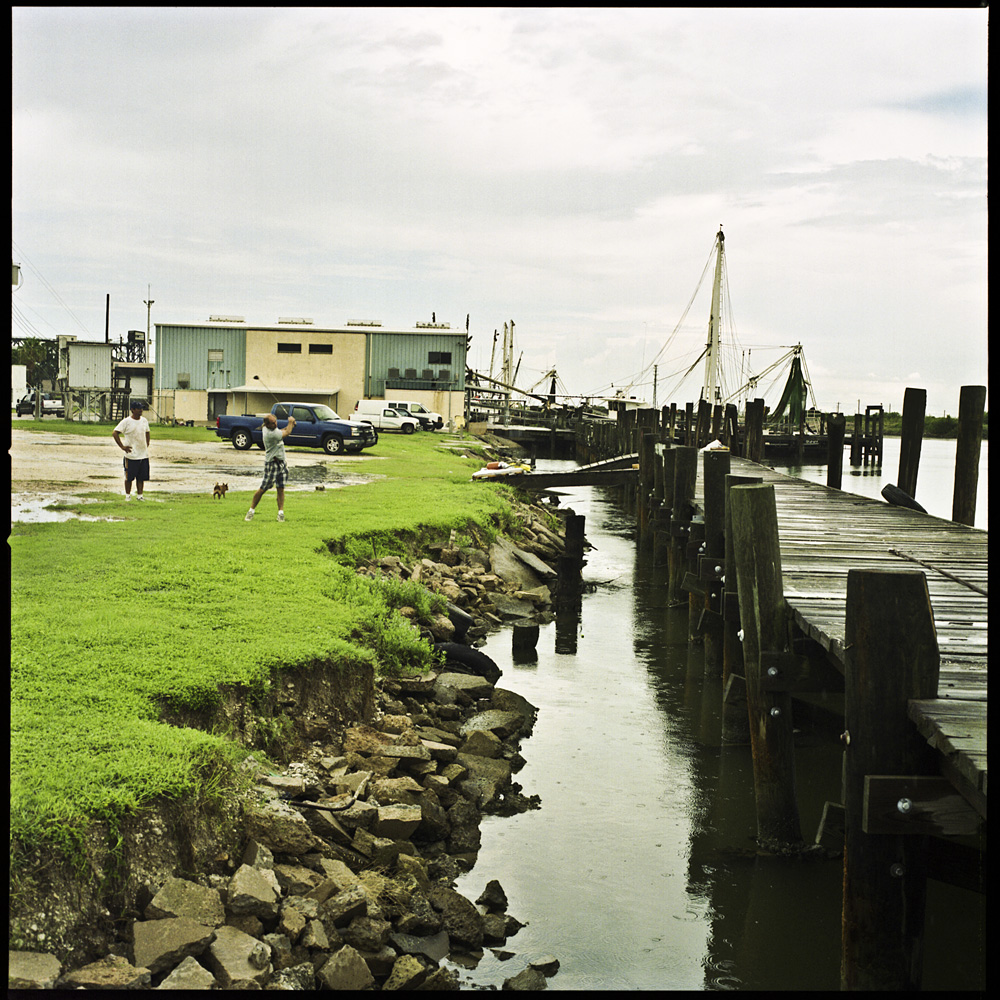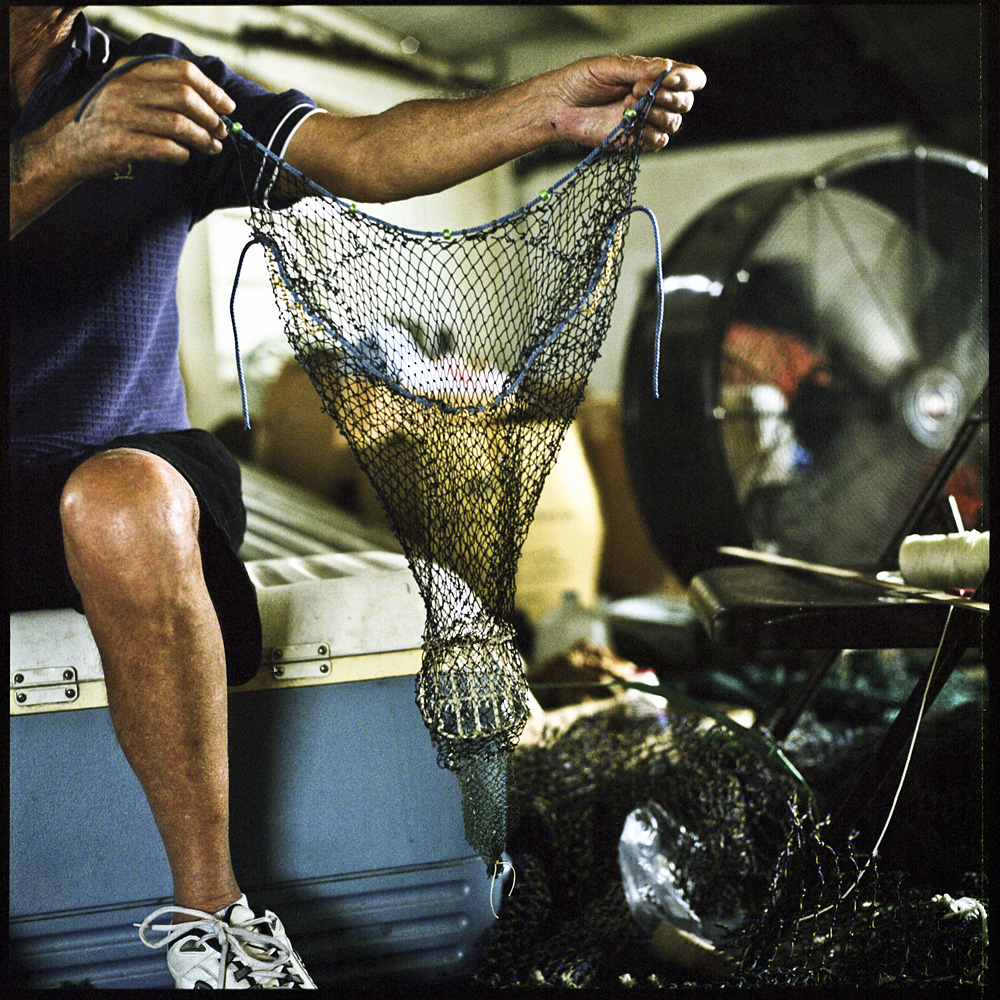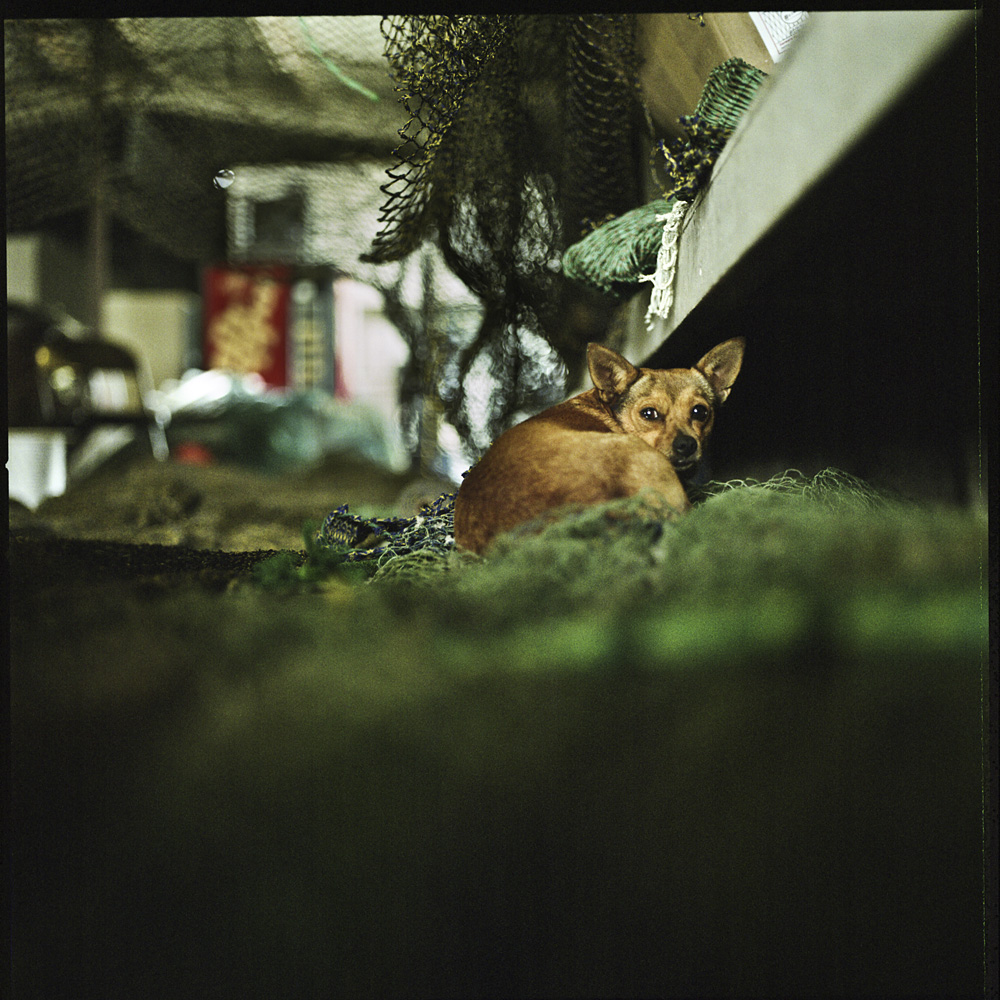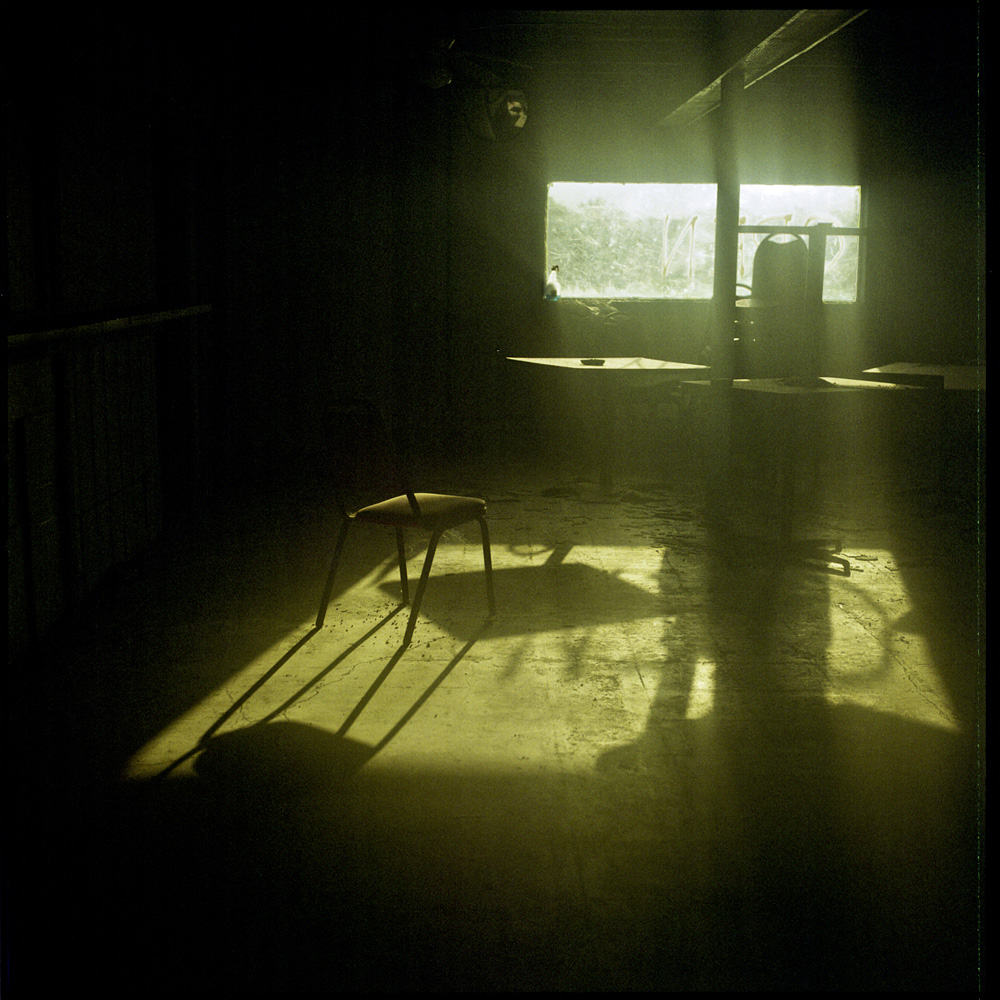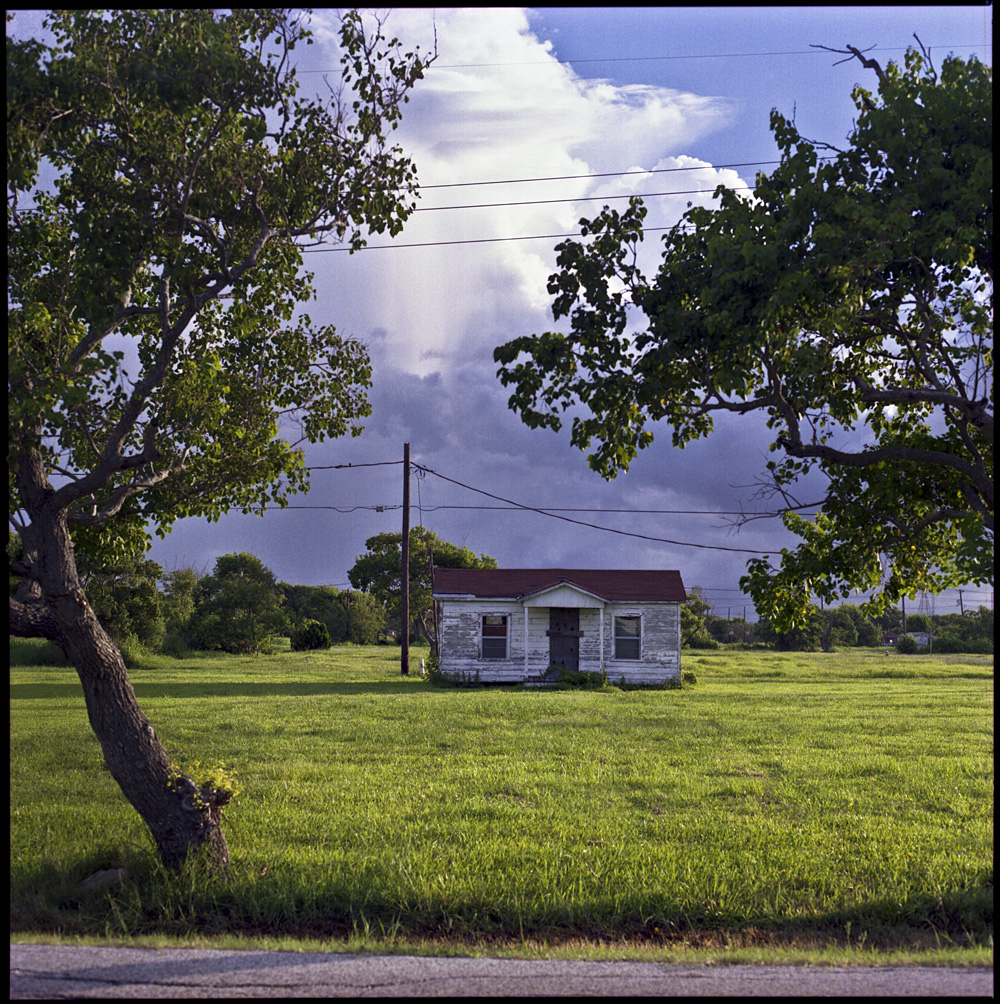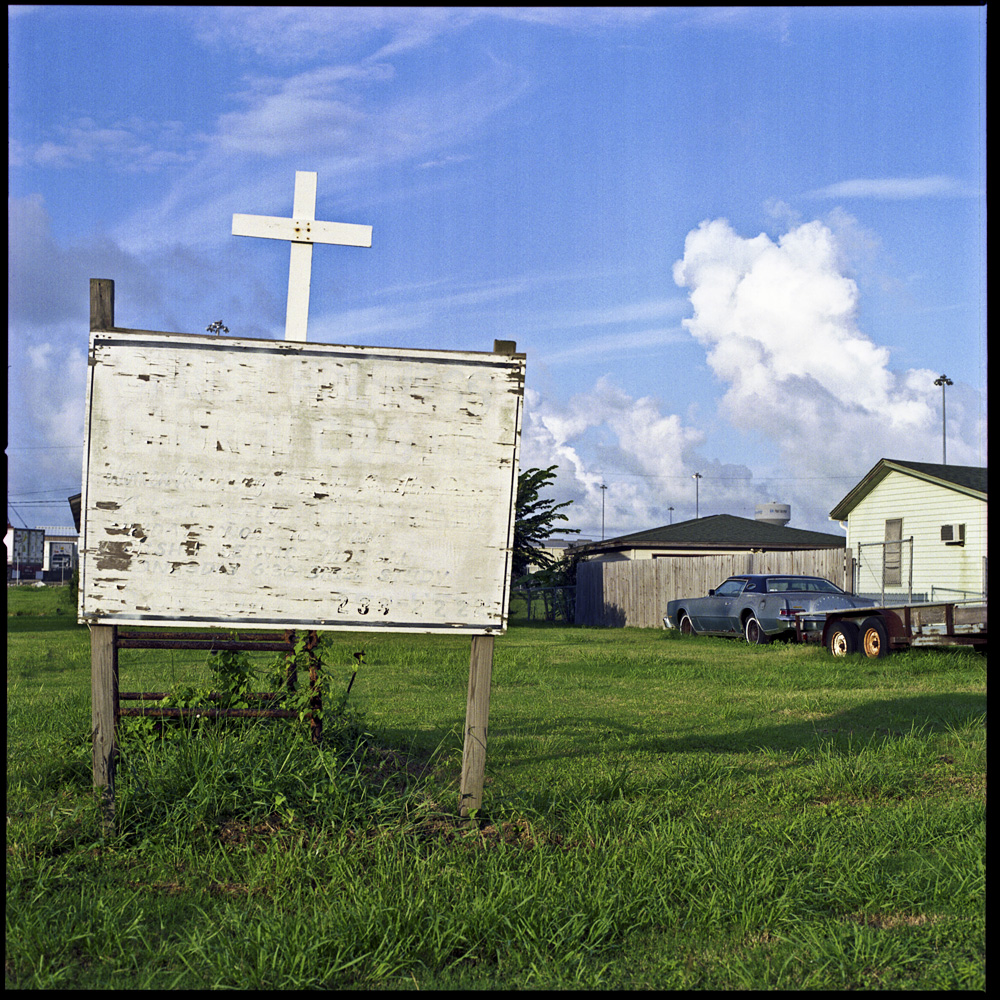I was recently contacted by the Harvard Business Review to drive up to New Waverly, Texas to photograph gymnastics coaching legend Bela Karolyi. Few have the reputation for coaching champion gymnasts like Karolyi. I wasn't sure to expect, but in a way, it seemed like a pilgrimage. Many of my favorite Houston-based editorial photographers had, at one time or another, made the same drive out into the woods of the Sam Houston National Forest to document the silver-haired Hungarian.
When I got there, a film crew from Yahoo was just wrapping up. The threesome told me they were traveling around the country interviewing athletic greats. Man, what a great gig that is. Then they asked me about living in Houston, and then moved on to wonder out loud why anyone would want to live anywhere other than Los Angeles. Being a media grunt, I could see his point. There is definitely more action on the coasts. But I digress.
I wasn't sure how much time I'd have with Bela, so I made sure to set up with a quickness. To say that the gymnasium was warm would be an understatement. By the time I was finished setting up for the first shot, I was drenched. I let the maintenance guy know I was ready for Bela. Two minutes later, he arrived by golf cart and strode over the padded gymnasium floor and asked me where I'd like him to stand. I didn't really have to give him much direction. I'm sure this was the 1,237th time he'd been photographed. He feel into a relaxed stance, and we got busy. I'm glad I did all the sweating for us.
The only restrictions I had were knowing that the final image would be black and white, and that the designer needed about 1/3 of the frame available for text. Being able to control the light indoors was a plus. We were the only people in there so I had all the lights turned off and could actually use my modeling lights, which I'm almost never able to do. Another plus was Karolyi's silver hair and mustache, which I knew if I lit well, would draw the eye right to his face.
Bela stood calmly while I sweated and worked the first set up. We eventually moved to a second set-up, the uneven bars, where I made a few more pictures. My personal favorite is the shot by the uneven bars. HBR liked the vertical shot.
[gallery link="file"]

